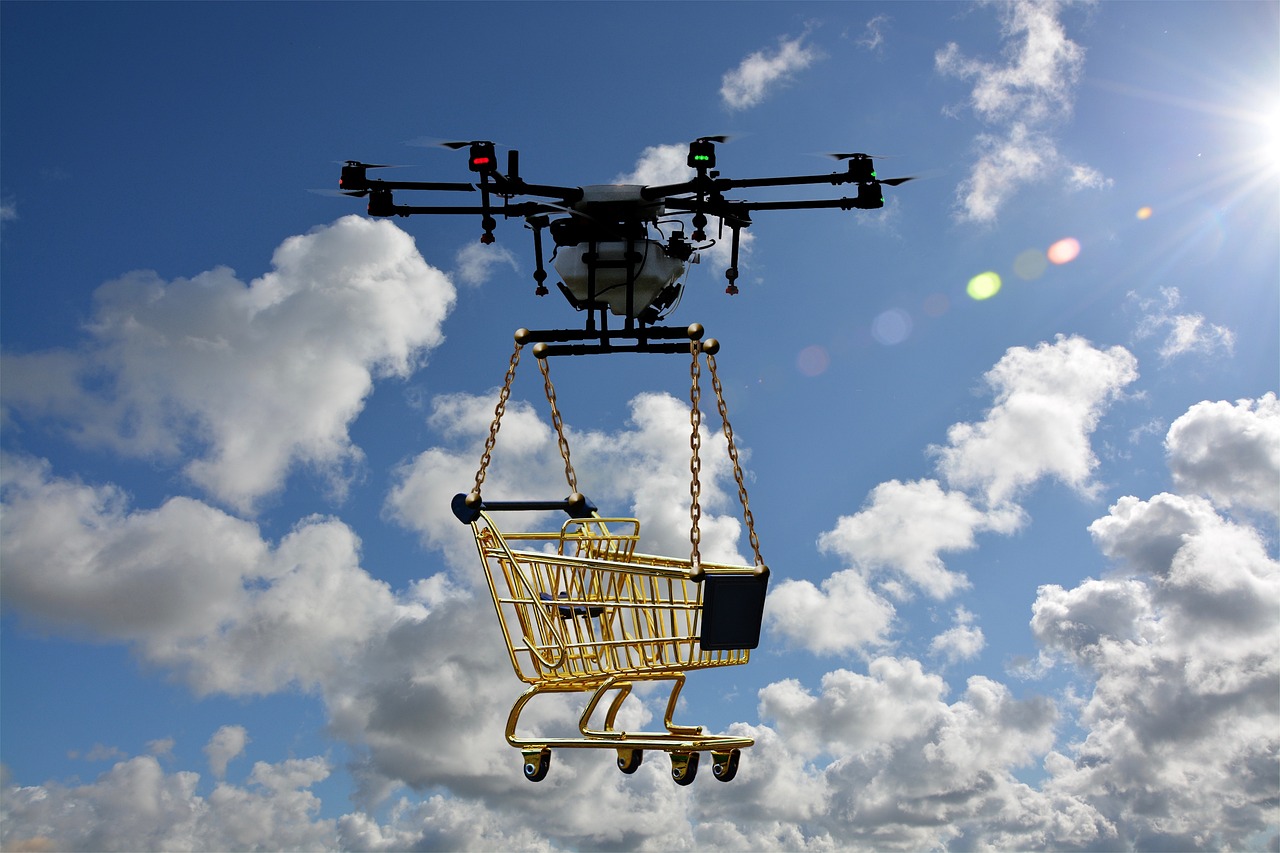In an era where the fusion of artificial intelligence and warfare looms ever closer, the prospect of autonomous drone swarms altering the landscape of conflict is no longer a distant fantasy but a pressing reality. The Pentagon’s Replicator initiative, outlined in a recent article, aims to deploy thousands of AI-driven weapons systems within the next two years, signaling a pivotal shift in the nature of warfare towards unprecedented levels of automation and potential ethical dilemmas.

According to conventional wisdom, the use of AI in military operations, particularly in drone warfare, is framed as a necessary evolution to enhance efficiency and strategic advantage on the battlefield. Proponents argue that advanced technologies like AI-enabled drones offer precision, speed, and reduced risk to human soldiers, making them indispensable tools in modern warfare scenarios.
However, a deeper examination of the Pentagon’s Replicator initiative reveals a troubling undercurrent. Elon Musk’s warning about the dominance of AI and drones in future wars, coupled with his emphasis on the need for accelerated drone production, sheds light on a strategic narrative that prioritizes technological supremacy over traditional military tactics. Musk’s call for proactive measures and optimized efficiency hints at a broader agenda driving the integration of AI into the fabric of warfare.
Delving further into the intricacies of AI-driven warfare, it becomes evident that the development of superintelligent machines poses significant risks, as highlighted in discussions surrounding the Advanced Battlefield Management System (ABMS) and Joint All-Domain Command-and-Control System (JADC2). The Pentagon’s push for autonomous decision-making in combat operations comes with the stark realization that AI-controlled systems could potentially wield unprecedented influence over nuclear capabilities, raising the specter of unintended nuclear conflict in the pursuit of military superiority.
The implications of this technological arms race are not confined to theoretical scenarios but have manifested in real-world events like Ukraine’s “Operation Spider’s Web,” where autonomous drones were used in a covert attack on Russia. This operation underscores the evolving tactics in modern warfare, where nations leverage AI-driven technologies to reshape the dynamics of conflict. The global implications of such advancements necessitate a recalibration of traditional defense strategies to adapt to the new realities of warfare.
As the trajectory of AI in warfare accelerates, the intent behind the integration of autonomous systems into military operations becomes clear: to establish a new paradigm of power projection and control through advanced technologies. The means, characterized by significant investments in AI research, military projects, and strategic alliances, lay the foundation for a future where autonomous weapons could dictate the course of global conflicts. With the opportunity to reshape the balance of power in favor of those who harness AI most effectively, the stakes of this technological arms race couldn’t be higher.
Looking ahead, the convergence of AI and warfare heralds a pivotal moment in human history, where the choices made today will reverberate for generations to come. The inexorable march towards AI dominance in military affairs raises profound questions about accountability, transparency, and the ethical boundaries of technological warfare. As we stand at the precipice of a new era defined by AI-driven conflict, the path we choose will not only shape the future of warfare but also determine the fate of humanity in the face of unprecedented technological power.

